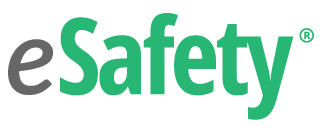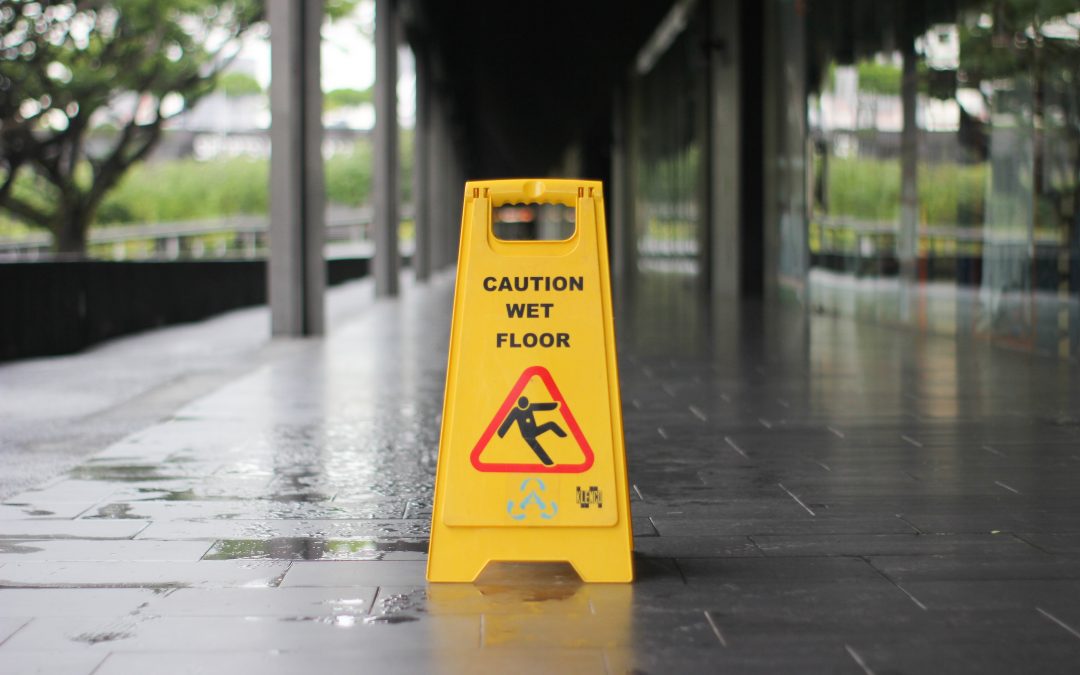01. Keep Walking & Working Areas Clear
To prevent slips, trips, and falls in the workplace, it’s important that everyone on your team makes an effort to keep walking and working areas clear. Adopt a “clean as you go” mentality for your workplace that prioritizes a clutter-free workspace, and remind employees not to let trash, cords, or equipment block highly trafficked areas.
02. Take Proper Precautions in Inclement Weather
Rain, snow, and ice are hazards that increase the risk for slips, trips, and falls in the workplace. Make sure your business, company, or building has plans in place to deal with inclement weather safely.
- In icy conditions, ensure that salt is used, especially in high-traffic areas like the entry and parking areas.
- In wet and snowy conditions, ensure mats are in place at the door and consider setting up fans to reduce slippery spots at the door as well.
Most of us know that things like salt and doormats can help reduce slip, trip, and fall hazards, but not every workplace has someone assigned to make sure these precautions are implemented. Assigning a specific person to own these tasks will help ensure they are carried out when conditions are hazardous.
03. Encourage Employees to Wear Proper Footwear
Proper footwear can go a long way to help keep employees safe. Make sure your team knows what kinds of shoes are best for your working environment. In general, shoes with soft, rubber soles are best to help prevent the potential for falls in the workplace. It’s also a good idea to encourage employees to wipe shoes on a rug when entering from wet, rainy, or snowy conditions, and to keep their shoes clean to maintain traction.
04. Identify Hazards and Use Signs to Warn Employees
There are trip hazards in any environment, no matter how well or safely it’s been constructed. Identifying those trip hazards and implementing appropriate signage can help to minimize the potential for any slip, trip, or fall incidents in your workplace.
Curbs and changes in elevation are examples of common trip hazards in the workplace. Bright paint on the curb or signage that identifies the change in elevation can help to warn employees to use care when walking past the hazard.
05. Observe Proper Housekeeping
The best defense against slips, trips, and falls in the workplace is to implement great housekeeping policies.
Train employees to recognize and address key tripping hazards like electrical cords, tools that have been left out, and wrinkled or misplaced rugs. Keep things such as pens, paper, and personal belongings like purses off the floor so they don’t become potential hazards. It’s also a good idea to remind employees to avoid the temptation of setting something on the floor or leaving a drawer open “for just a minute”. Breaking habits like these contribute to a safer workplace for everyone.
Investigate All Slip and Trip Incidents
As you begin to implement some of these slip, trip, and fall prevention methods, it’s important to keep close track of any incidents that do occur. Even when a fall or injury does not occur, any slip or trip shows that there is still room for improvement. Investigation of each incident will help you continue to reduce hazards and create the safest possible workplace.
Many slip, trip, and fall incidents can be prevented. By following the prevention methods outlined above, and by taking a proactive approach to keeping your workplace clean and hazard-free, you’re doing your best to provide a safe work environment for your employees. For more information, we encourage you to check out eSafety’s Slips, Trips, and Falls Prevention course or contact our team to learn more about how our online training course library can fit into your workplace.

